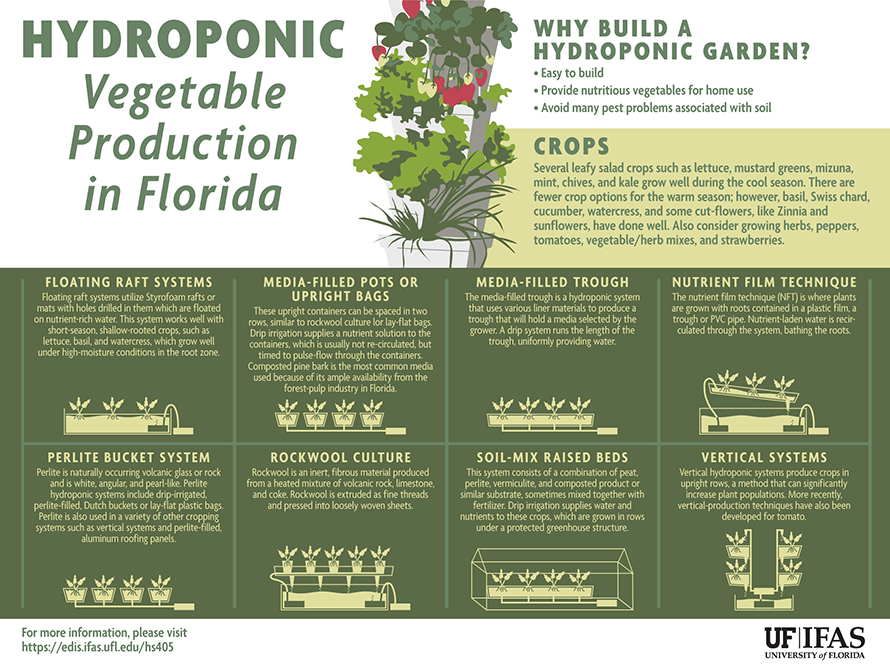Tree Treatment Throughout The Seasons: Best Practices For Taking Care Of Trees Prior To And Complying With Removal
Tree Treatment Throughout The Seasons: Best Practices For Taking Care Of Trees Prior To And Complying With Removal
Blog Article
Created By-
When it comes to seasonal tree care, ensuring proper management prior to and after removal can substantially affect the wellness and looks of your landscape. By understanding the required actions associated with assessing tree health and preparing for removal, you can proactively protect your property. But what about the crucial methods to adhere to when the tree is gone? Remain tuned to discover the necessary post-removal treatment steps that will certainly aid you cultivate a growing and lasting atmosphere for your trees.
Pre-Removal Tree Treatment
Before attending to the elimination of a tree, it's critical to prioritize pre-removal tree care. Beginning by evaluating the tree's health and architectural honesty. Read Webpage of disease, parasite invasions, or any type of architectural problems that might present a safety risk throughout removal. It's essential to seek advice from a qualified arborist to identify the most effective course of action.
Pruning dead or infected branches can avoid additional damages to the tree and make certain a smoother removal procedure.
Additionally, take into consideration the environmental influence of removing the tree. Trees play a vital role in our ecological community, so planting a new tree in a suitable location can assist counter any type of loss. Guarantee that you have the necessary permits and permissions for tree removal, specifically if the tree is safeguarded by local guidelines.
Seasonal Maintenance Tips
Evaluating your tree's needs throughout the year is critical for its health and long life. To maintain your trees in leading condition, comply with these seasonal maintenance tips.
In spring, concentrate on trimming to eliminate dead or damaged branches and urge new development.
Summer asks for regular watering, specifically during dry spells, to guarantee your tree stays hydrated.
As autumn techniques, watch out for very early signs of disease or tension, and consider using mulch to secure the roots during wintertime.
In winter, be cautious when removing snow from branches to prevent damage, and remain to monitor your tree's general health.
Remember to readjust your treatment regular based on the specific demands of your tree types and local climate. By remaining alert and proactive throughout the seasons, you can help your trees prosper and flourish for many years to find.
Post-Removal Tree Care
To make sure the wellness of your landscape also after tree removal, appropriate post-removal treatment is vital. After a tree is removed, it's essential to load the staying opening with topsoil and compact it to prevent settling. This will help keep the integrity of the ground and stop potential hazards in the future.
Take into consideration planting new vegetation in place of the removed tree to bring back the equilibrium and appearances of your landscape. Regularly water the area to promote the development of new plants and prevent soil disintegration.
Evaluate tree pruning surrounding trees for any signs of illness or anxiety that might have been caused by the eliminated tree. Watch out for pests that may've been attracted to the previous tree and take safety nets to safeguard the remaining plant life.
If required, seek advice from a specialist arborist to analyze the effect of the elimination on the bordering trees and figure out any type of additional treatment needed. By complying with these post-removal treatment actions, you can make certain the ongoing wellness and charm of your landscape.
Verdict
In conclusion, aggressive seasonal tree care is essential for keeping the health and balance of your landscape. By examining tree wellness, pruning, and seeking advice from an arborist before removal, you can make sure a risk-free procedure. After removal, filling the hole, growing new greenery, and routine watering will certainly promote brand-new growth and protect against erosion. Bear in mind to check bordering trees for illness and look for additional care measures from an arborist to maintain your landscape flourishing.
